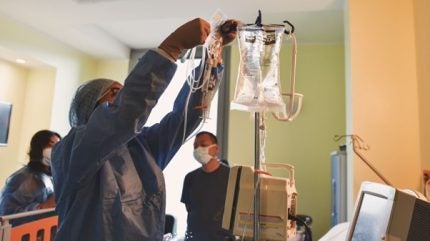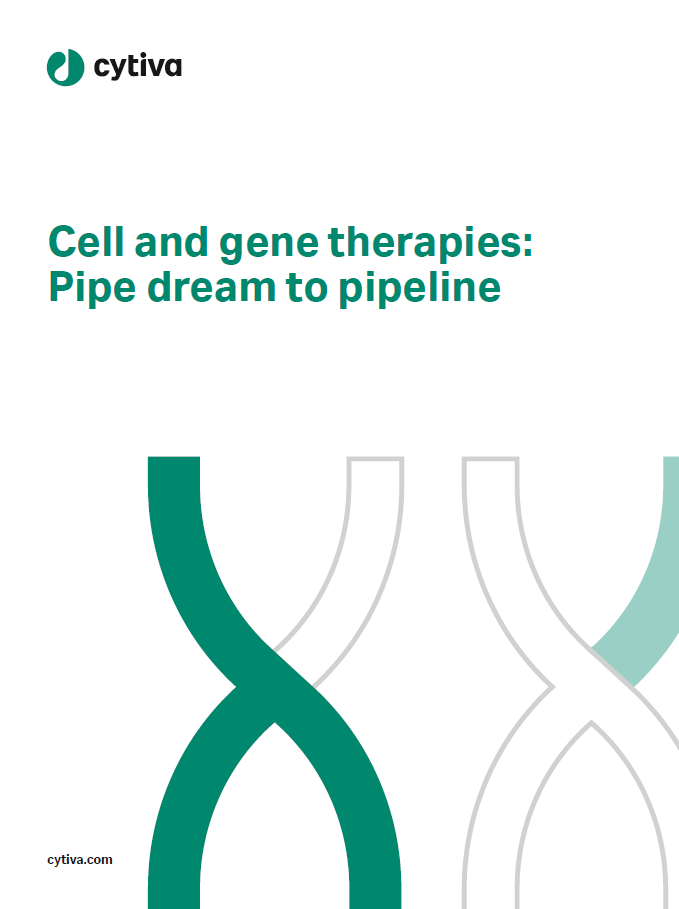

Italian research charity Telethon Foundation is one step closer to getting a gene therapy to treat rare disease Wiskott-Aldrich syndrome WAS approved in the European Union.
The gene therapy, named etuvetidigene autotemcel, was developed by scientists of the San Raffaele-Telethon Institute for Gene Therapy in Milan. Before the Telethon Foundation assumed responsibility for the therapy, it was licensed to Orchard Therapeutics – a biotech specialising in gene therapies for rare diseases. However, in 2022, Orchard withdrew from the programme, citing strategic and commercial reasons.
Telethon has submitted a marketing authorisation application (MAA) to the European Medicine’s Agency (EMA) for evaluating the gene therapy. Etuvetidigene autotemcel is designed as a one-time treatment for patients who lack a matched family donor for haematopoietic stem cell transplantation – the current standard of care for Wiskott-Aldrich syndrome. The therapy consists of autologous CD34+ stem and progenitor cells modified with a lentiviral vector encoding the WAS gene. The rare disorder affects platelet production and immune system function, often leading to severe infections, bleeding, and autoimmune complications.
To date, 30 patients with Wiskott-Aldrich syndrome have been treated with the therapy – 27 within the clinical development programme, and three through an early access scheme. The therapy has been available in Italy since August 2023 under a determination by the Italian Medicines Agency (AIFA), which allows its use in patients over six months without a matched related donor.
Telethon Foundation’s director general Ilaria Villa said that the foundation is also working on a submission to the US Food and Drug Administration (FDA), to make the therapy available in the US.
This submission marks the second time the charity has taken over the development of a gene therapy after a commercial partner withdrew. It previously did so with simoladagene autotemcel, a therapy for adenosine deaminase severe combined immunodeficiency (ADA-SCiD). That gene therapy also originated in the laboratories of the San Raffaele-Telethon Institute in Milan and was the subject of an industrial partnership with Orchard.
According to Telethon, it is the first charity in the world to assume responsibility for the production and distribution of a drug. One of the key challenges associated with gene therapy development is funding. Due to small patient populations and uncertain commercial returns, venture capitalists and private investors are sometimes hesitant to support such therapies beyond early-stage clinical trials. While grants can help fund initial research, they rarely cover the full development and approval process, which requires significantly more investment.
Another barrier is the high cost of commercial-grade manufacturing. The production of gene therapies requires advanced technology, stringent quality controls, and specialised facilities, making them expensive to scale. If a gene therapy is deemed commercially unviable, its development may be paused or abandoned.
At the end of 2024, Pfizer terminated its partnership with Sangamo Therapeutics on a haemophilia A gene therapy. Pfizer originally licensed the therapy from Sangamo in 2017, and it successfully passed a Phase III clinical trial meeting its primary goal. However, Pfizer decided not to pursue approval due to questions about its potential commercial performance.
To address these challenges, the EMA launched a pilot programme in 2022 to support academic and non-profit developers of advanced therapy medicinal products (ATMPs). While it does not introduce new regulatory mechanisms, the initiative aims to help non-profit organisations navigate existing regulatory pathways. Participants benefit from fee reductions and waivers for scientific advice, MAA submissions, and pre-authorisation inspections. The EMA expects to publish initial results from the pilot this year, outlining key findings and potential areas for regulatory improvement.
Cell & Gene Therapy coverage on Pharmaceutical Technology is supported by Cytiva.
Editorial content is independently produced and follows the highest standards of journalistic integrity. Topic sponsors are not involved in the creation of editorial content.




